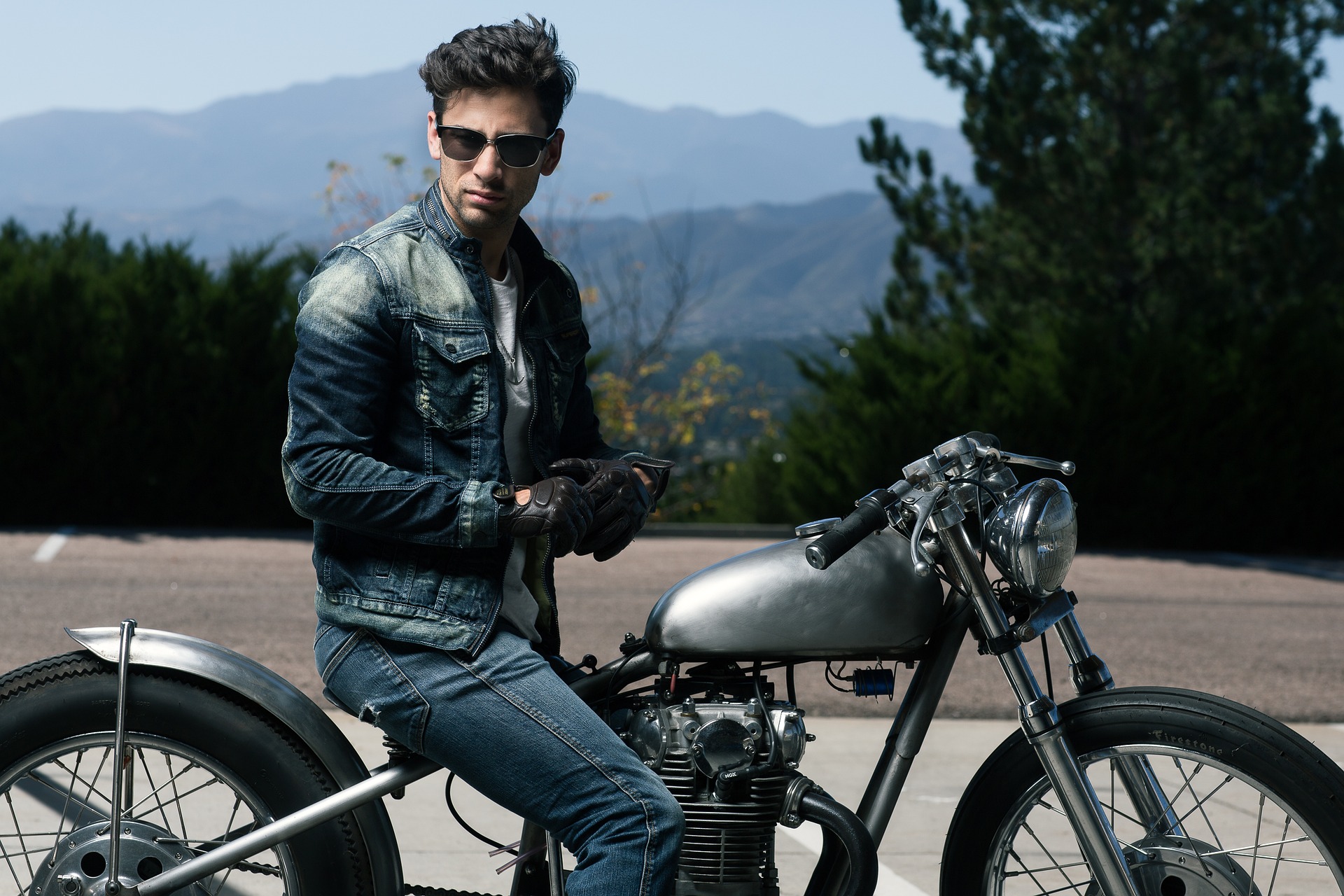Tag: Buying a Beginner Mountain Bike

Tips for Buying a Beginner Mountain Bike
Planning to hit the dirt trail for the first time? Plus, are you in a dilemma as to which mountain bike suits you best? Well, I have some good news and bad news for you. The good news is that you’re not alone. The bad news is that the whole process might turn out to be trickier than you thought. I have some tips for you; tips that will help you make an educated decision. After all, you want the best performance, comfort, and quality for the price, don’t you? Read more and find out how to achieve that the easy way. 1. Get the Right Size: It’s not uncommon to hear one say “a medium-sized mountain bike works best for me.”But let’s be honest, a medium frame size for one brand might not have the same measurement as that of another brand. There’s a huge chance you might get the wrong fit. Consider a more practical approach. And for this, you need to take some measurements, which in most cases, are given by the manufacturers. Consider the reach, I mean the distance between the saddle and the handlebars. Additionally, consider the stack height, which is the distance between the center of the crank to the mid-section of the head tube. Remember, along front triangle is better for maximized grip and stability. So, you should consider going longer than the standard road bike measurements. In doing so, ensure there’s enough standover clearance. However, don’t go too low in order to maintain a full pedaling height. 2. Choose A Wheel Size: Unlike the frame, wheel size is more of a personal preference. But in most cases, the primary determining factors are the nature of the terrain and the riding conditions. There are two options for a mountain bike: 27.5-inch and 29-inch. 27.5-inch tires make the best choice for aggressive trail and downhill riding. The 29-inch plus size provides a better alternative to rolling over obstacles. It makes the best choice for cross-country and trail riding. Settle for 29-inch tires if you want to eat up more miles. Plus, consider it if you want to settle for a hardtail. For smashing trails, settle for 27.5-inch. 3. Full Suspension Or Hardtail? A majority of riders consider a hardtail as the best starting point. But in my opinion, the “bigger” full-suspension is better. Its advantages far outweigh the disadvantages. But depending on the terrain and how much you’re willing to spend, both should be given some consideration. For instance, consider a hardtail if you plan to ride smoother trails. Also, it makes a better option for a tighter budget. Consider a full suspension mountain bike if you need more comfort and speed for the technical trails. But in doing so, be ready to spend a bit more. Or, you can go for an old fashioned worm gearbox which has relatively low maintenance. 4. Choose Strength Overweight: For a road bike, going lighter is better. But for a mountain bike, strength is what matters a lot. You want something that can take a beating, maintain steering accuracy and speed, and keep up your confidence. So, a few extra pounds on your mountain bike won’t do harm. Conclusion: I hope this article has given useful practical skills and tips on how to choose your first mountain bike. As you do so, keep in mind that the best entry-level mountain bike isn’t complete without the right set of gear. So, consider keeping some budget for glasses, a backpack, and a dedicated trail helmet. Read Also: Is Investment Managers A Good Career Path In 2021? Is Commercial Banks A Good Career Path In 2021?
READ MOREDetails















